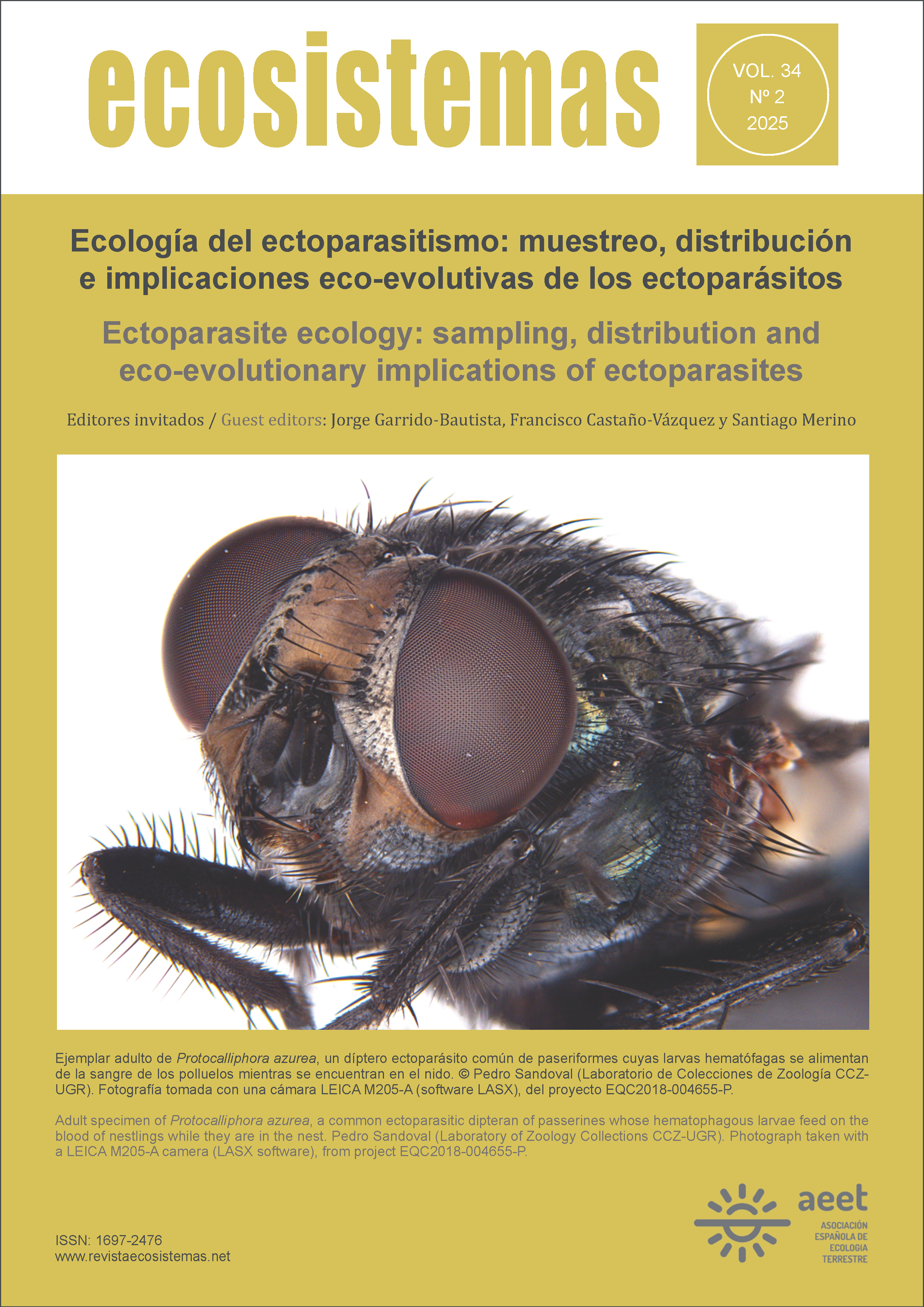Analysis of agricultural land use change in the Cuitzeo lake basin, Michoacán, México
Main Article Content
Abstract
The Cuitzeo basin has historically been known for its agricultural activity. However, in recent decades, a decrease in the area dedicated to crops has been observed, a phenomenon linked to the intensification of various human activities. The main objective of this research was to quantify and map the changes in agricultural land use over the past 49 years, as well as identify the factors driving these changes. For the period from 1975 to 2000, existing maps of land cover and land use were used. Information for the more recent years (2020 and 2024) was generated from the visual interpretation of Sentinel-2A satellite images and agricultural production statistical data. The results of the classifications for 2020 and 2024 showed Kappa index values of 90.2% and 92.1%, respectively. Over the period (1975-2000), agricultural land decreased by 21.9%, related to the expansion of shrubland and grasslands. Between 2000 and 2020, the land loss was 11%, due to the growth of grasslands and the expansion of human settlements. In the most recent period (2020-2024), agricultural land decreased by 1.1%, as a result of the expansion of grasslands, orchards, and protected crops. Regarding the most representative crops, corn and avocado continue to be the most prominent. These changes in agricultural land use present significant challenges for the sustainability of traditional agriculture and the conservation of vegetation cover in the basin.
Downloads
Article Details

This work is licensed under a Creative Commons Attribution-NonCommercial 4.0 International License.
Accepted 2025-04-19
Published 2025-07-23

